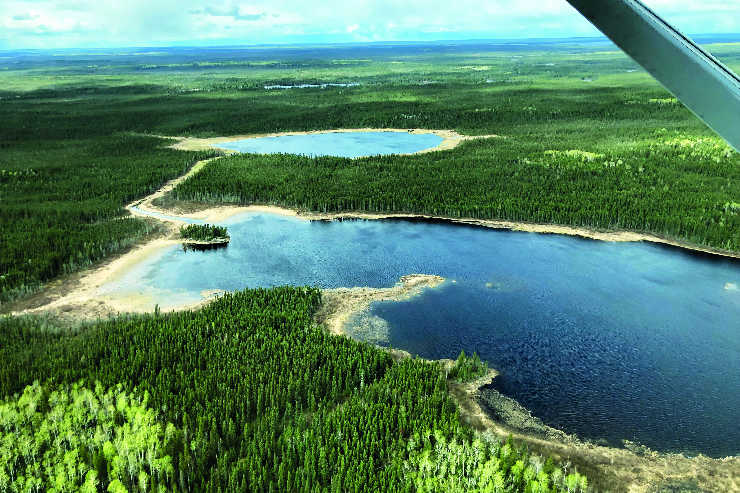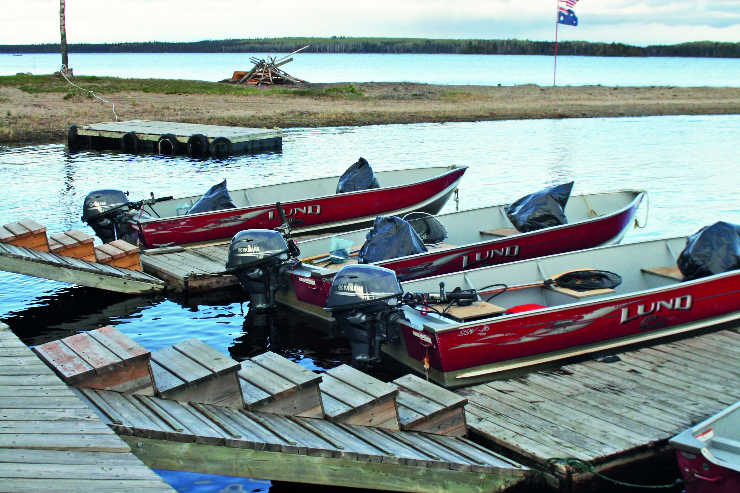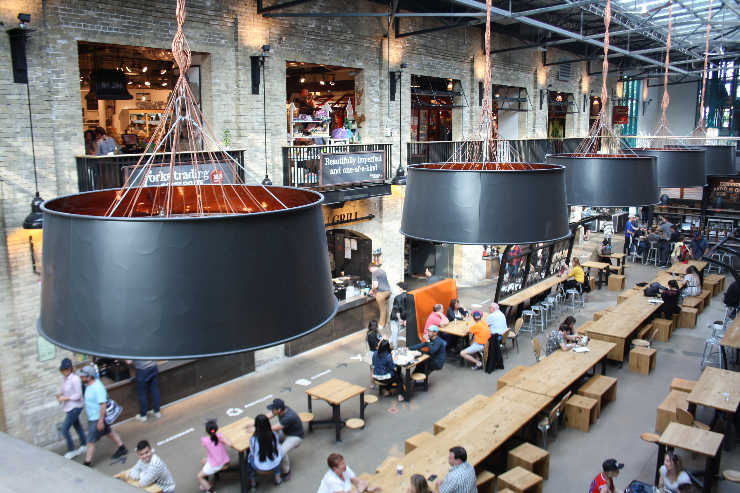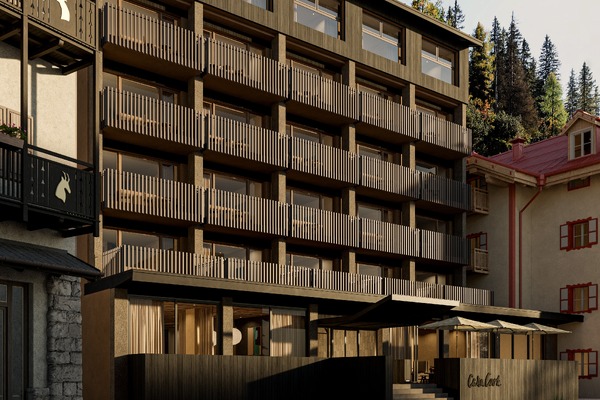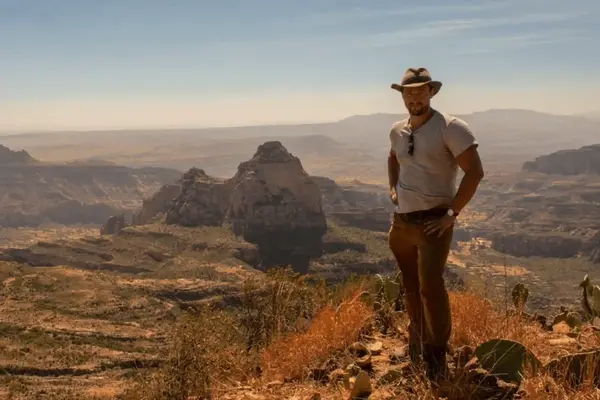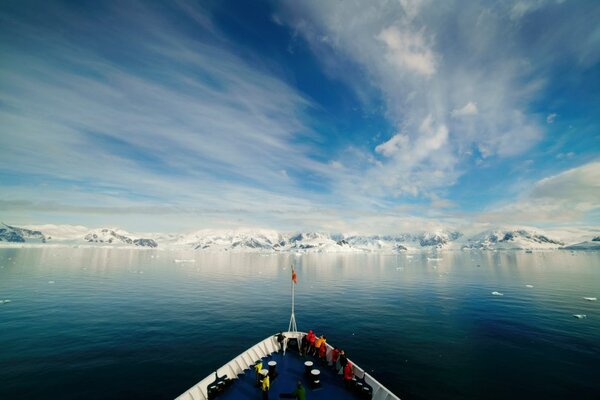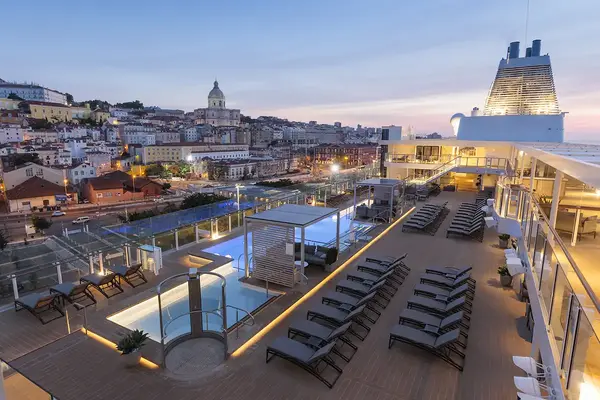Twinning wilderness with civilisation in Ontario and Manitoba
Remote wilderness, cosy lodges and foodie cities: Claire Dodd experiences it all on a trip to Northwestern Ontario and Manitoba.

I swear, you can hear the northern lights whisper,” says pilot Danny Parnham over the popping of the campfire. “Really. We’re so far north. In the winter, they’re so strong here. It’s almost like a crackle.”
We’re stood on the lakeshore cooking S’mores.
There’s a technique to it. You need to get the marshmallow just above the flames, not in them, and hold it until it starts to brown. Danny passes me crackers and a piece of chocolate to sandwich it as he tells me about the extreme changes in the weather here at Miminiska Lodge, where he is also general manager.
It’s early June, 10.30pm, warm, and still light. “We were still landing on skis on the ice until mid-May,” he tells me, eyebrows raised. Located far beyond where the roads run out, the only way to get to Miminiska is from the air.
It doesn’t take long to be in the middle of nowhere in Ontario. Although it’s Canada’s most populated province, it’s also the second largest, with a vast wilderness to explore. Northwestern Ontario alone is almost as big as France, and from Toronto, where I started my journey, it is within easy reach. It’s a two-hour flight to Thunder Bay, the largest city in the region, with a population just shy of 110,000. Or, for fans of a road trip, it’s a 16-hour drive.
Taking stock
“This is the new frontier,” says captain Gregory Heroux, who works for Sail Superior, which organises sailing trips of Lake Superior. With a slight breeze, we raise the sails on the yacht as we head out onto the waters of the world’s largest freshwater lake. “We know people have a visit to Canada on their bucket list. We’re just saying ‘try something off the beaten path’. This is a place where you’ll not see more than 30 people all day. Just a few kilometres from here, the road literally stops, and there’s two-thirds of the province left.”
Surrounded by forest and the rock formations of the Canadian Shield, remote Thunder Bay is an ideal place from which to access the great outdoors. In or around the city, there’s easy access to mountain biking, rock climbing, hiking, kayaking, angling, or sightseeing with Northwest Helicopter Tours. And, of course, as Canada’s furthest inland port, there’s sailing.
The increasingly cosmopolitan city has seen a flurry of restaurant openings in recent years including Tomlin, with its bare brick interiors and sharing plates. The waterfront Delta Hotel by Marriott Thunder Bay opened just last month.
To get further north, another flight is essential. Wilderness North operates a number of lodges, including Miminiska, with serviced and unserviced cabins in the north-west. It also has its own fleet of planes and floatplanes for transporting customers. It’s a tiny nine-seater that takes us 80 minutes and 235 miles north of Thunder Bay over nothing but forest and lakes; thousands of them in black, brown, turquoise, and near neon green.
The appeal of Miminiska is its remoteness.
“I love watching people arrive and relax,” says owner Krista Cheeseman, loading a boat with blankets. With a roaring log fire in the cosy cabin, the temptation is to settle in. But before the light fades, we go bear and eagle spotting. On the far shore, there they are. A black bear, just a metre or two from shore, chews on a fish. A pair of bald eagles relocate at the sound of our engine to a further tree. This is their territory.
Many of the lodge’s repeat customers are keen anglers. Come morning we head out with local First Nations guides to traverse local rapids and get to some of the best fishing spots. We cook our spoils in hot oil on the shore for lunch.
City living
But it’s time to head back to the city. I’m ending my journey in Winnipeg. Rising suddenly from the flat, vast prairies of Manitoba, the city has recently welcomed a number of significant cultural attractions, making it much more than a convenient stop-off for passengers traversing Canada on the Via Rail, or accessing polar bear, whale, and northern lights viewing in Churchill.
The impressive Canadian Museum for Human Rights opened in 2014, and there’s also the Journey to Churchill exhibit at Assiniboine Park Zoo, home to polar bears and Arctic foxes. Openings for 2020 include the Inuit Art Gallery, with the largest collection of Inuit art in the world, and Canada’s Diversity Gardens, featuring outdoor gardens such as the Indigenous Peoples’ Garden, alongside a towering structure similar to Cornwall’s Eden Project.
For me, though, it’s all about the food. Having started my journey at Toronto’s Kensington Market with its Caribbean and Chinese cuisine, it seems fitting to end it at one of Winnipeg’s foodie hubs, Forks Market, which is crammed with local producers. At Passero, I discover deep-fried sprouts and local cheeses. They may not have been cooked on a campfire but, trust me, they’re certainly worth the journey.
Book it: Canadian Affair offers an eight-day Natural Northern Ontario itinerary from £4,212pp with all flights and accommodation, including four nights’ full-board at Miminiska Lodge. Departures are available from London Gatwick, Birmingham, Manchester & Glasgow.
canadianaffair.com
